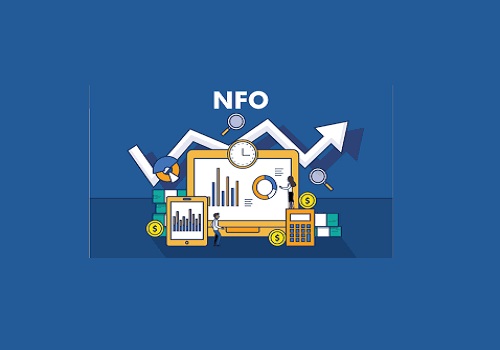what is nfo ? by Pankaj Bansal, Founder at Newspetrolling.com

NFO stands for "New Fund Offer." It is a term used in the context of mutual funds and investment Here's a brief overview:
1. Definition: NFO is the first-time subscription offer for a new mutual fund scheme that is launched by an asset management company (AMC). It is similar to an Initial Public Offering (IPO) in the stock market, where a company offers its shares to the public for the first time.
2. Purpose: The main objective of an NFO is to raise capital to invest in securities according to the fund's investment objectives.
3. Pricing: During the NFO period, units of the mutual fund are typically offered at a nominal price, usually 10 in India.
4. Types: There are different types of NFOs, including equity funds, debt funds, and hybrid funds, each with varying risk and return profiles.
5. Investment Process: Investors can subscribe to the NFO during the offer period, after which the fund is launched and units are allocated based on the amount invested.
6. Advantages and Risks: NFOs offer an opportunity to invest in new strategies or sectors. However, they also carry risks as the fund's performance is unproven and there is no historical data to review.
Types of NFOs
1. Open-Ended Funds:
* Investors can buy and sell units at any time after the NFO period.
* The fund does not have a fixed maturity date.
* The units are purchased at the prevailing Net Asset Value (NAV).
2. Close-Ended Funds:
* Investors can buy units only during the NFO period.
* The fund has a fixed maturity date.
* Units can be traded on the stock exchange after the NFO period, but no new units are issued after the NFO.
Reasons to Consider Investing in an NFO
1. New Investment Opportunities:
* Access to new themes, sectors, or strategies that were previously unavailable.
2. Pricing Advantage:
* Units are often priced attractively at a nominal value, typically 10 per unit in India.
3. Portfolio Diversification:
* NFOs can help diversify your investment portfolio by adding new asset classes or sectors.
Risks Involved
1. Unproven Track Record:
* The fund has no historical performance data, making it difficult to assess potential returns.
2. Market Risks:
* Like all mutual fund investments, NFOs are subject to market risks. The value of the investment can go up or down based on market conditions.
3. Liquidity Concerns:
* For close-ended funds, liquidity can be an issue since units can only be sold on the stock exchange if a buyer is available.
How to Evaluate an NFO
1. Fund Objectives and Strategy:
* Understand the investment objectives and strategy of the fund. Ensure it aligns with your financial goals and risk tolerance.
2. Fund Manager's Track Record:
* Research the track record of the fund manager and the asset management company (AMC) to gauge their expertise and reliability.
3. Expense Ratio
* Check the expense ratio of the fund, which indicates the cost of managing the fund. A lower expense ratio can result in higher net returns for investors.
4. Scheme Information Document (SID):
* Review the SID for detailed information about the fund's objectives, risks, and other important details
Process of Investing in an NFO
1. Application:
* During the NFO period, Investors can apply for units through their bank, broker, or directly through the AMC's website.
2. Allotment:
* After the NFO period closes, units are allotted to investors based on the amount invested. This process can take a few days.
3. Listing and Trading:
* For close-ended funds, units are listed on the stock exchange where they can be traded. Open-ended funds allow for continuous buying and selling at NAV.
Post-NFO Considerations
1. Performance Monitoring
* Regularly monitor the performance of the fund against its benchmarks and peers.to ensure it meets your expectations
2. Rebalancing:
* Periodically review and rebalance your investment portfolio to align with your financial goals and market conditions.
Above views are of the author and not of the website kindly read disclaimer










More News

Comment on SEBI Insider Trading Rules Now Apply to Mutual Fund Units from Nov 1 by Makarand ...
.jpg)












